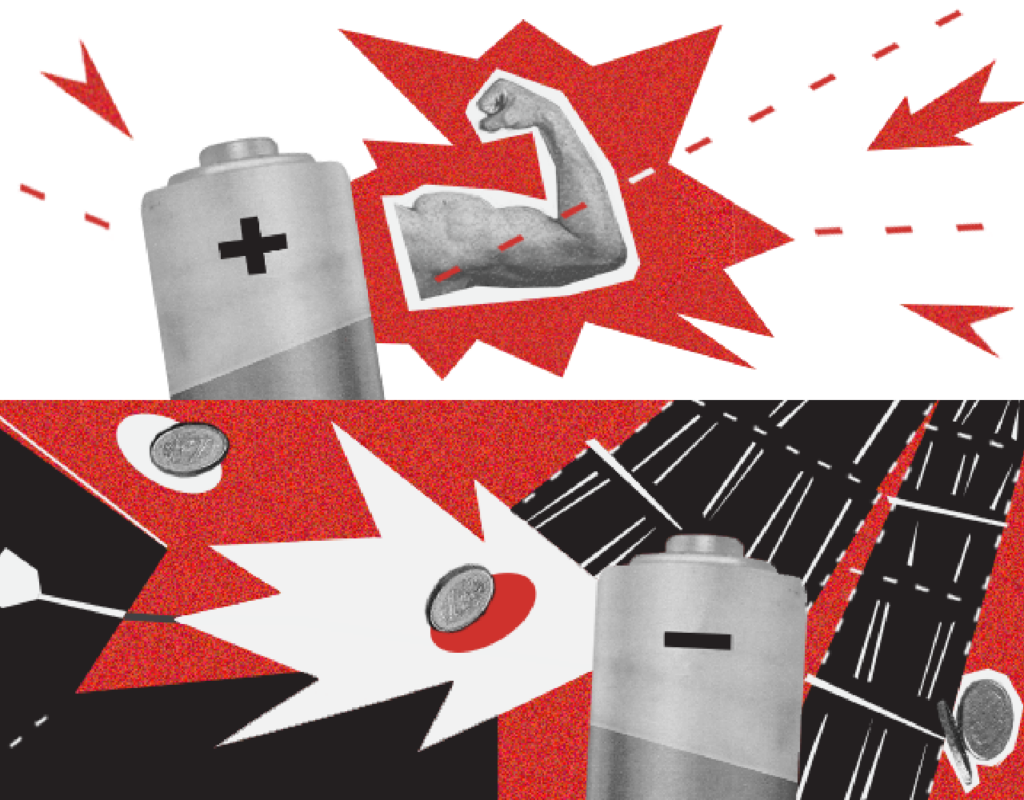Visit exoskeletons are increasingly used in a variety of fields, offering a multitude of benefits. They increase human strength and endurance, making arduous physical tasks easier. However, these technologies are not without their drawbacks. Their high cost and complexity of use can be obstacles to their widespread adoption. This article looks in detail at the various advantages and disadvantages of exoskeletons.
Understanding insect exoskeletons: Structure, growth and survival mechanisms
[arve url="https://www.youtube.com/embed/0RNziU5YqfY "/]
What are the drawbacks of an exoskeleton?
The disadvantages of an exoskeleton can be numerous. Firstly, they are often expensive to produce, which limits their accessibility to a large number of people. In addition, exoskeletons can be bulky and heavy, which can limit freedom of movement or cause discomfort for the user.
Another disadvantage is linked to battery autonomy. Indeed, exoskeletons generally require a power supply to operate, which can limit their use over long periods without the need for frequent recharging.
What's more, exoskeletons can also present health and safety risks for the user. For example, misuse or technical failure can lead to injury or accidents.
Finally, Social integration can be a challenge for exoskeleton users. Because of their unusual appearance or use, exoskeleton wearers may be perceived differently by others, which can lead to problems of social acceptance or stigmatization.
It is important to take these drawbacks into account when evaluating the use of exoskeletons in different contexts, and to consider the measures needed to mitigate these problems.
What are the advantages of exoskeletons?
The benefits of exoskeletons are many and varied. Here are just a few of them:
1. Improved physical strength: Exoskeletons enable users to increase their physical strength by providing extra support to muscles and joints. This can be particularly beneficial in fields such as construction, manufacturing and agriculture, where physical work is intense.
2. Injury prevention: Exoskeletons can help reduce the risk of musculoskeletal injuries, particularly in occupations that involve heavy lifting or repetitive movements. By providing extra support and improved ergonomics, exoskeletons can help relieve pressure on certain parts of the body and prevent stress-related injuries.
3. Increased stamina: Exoskeletons also increase users' endurance by reducing muscle fatigue. This can be useful in situations where high physical performance is required for long periods, such as in the military or in top-level sports.
4. Improved precision and dexterity: Some exoskeletons are equipped with advanced technologies such as sensors and augmented reality systems, which can improve users' precision and dexterity. This can be particularly beneficial in fields such as robot-assisted surgery, where high precision is essential.
5. Facilitating rehabilitation: Exoskeletons are also used in medicine to help rehabilitate patients with spinal cord injuries, strokes or other mobility problems. By providing support and assistance when learning new movements, exoskeletons enable patients to recover faster and improve their functionality.
However, it's important to note that exoskeletons are not yet widespread, and challenges remain, such as their high cost, weight and limitations in terms of autonomy. Nevertheless, with continuing technological advances, their use should develop and bring more benefits in the near future.
How much does an exoskeleton cost?
The price of an exoskeleton can vary considerably depending on factors such as the technology used, the features available and the supplier. However, it is generally expensiveWith prices ranging from a few thousand euros to tens of thousands of euros. Some more advanced models can even cost hundreds of thousands of euros.
It's important to note that exoskeletons are often used in specific fields such as medicine, rehabilitation or industry, where they can offer significant benefits for users. However, their high cost may limit their accessibility for certain individuals or organizations..
It should also be pointed out that ongoing technological advances and innovations in this field could lead to lower prices in the future. This could make exoskeletons more affordable and widely available..
Ultimately, the price of an exoskeleton will depend on the model chosen and the specific features required.
When should an exoskeleton be used?
When should an exoskeleton be used?
In today's context, the use of exoskeletons offers numerous advantages in a variety of fields. Here are just a few of the situations in which they are commonly used:
1. Rehabilitation assistance : Exoskeletons can be used in rehabilitation programs to help people with spinal cord injuries or neurological diseases regain their mobility. These devices help strengthen muscles and promote functional rehabilitation.
2. Assistance to workers : Exoskeletons are increasingly used in the industrial sector to help workers perform physically demanding tasks. In the construction industry, for example, exoskeletons can reduce the risk of injury from lifting heavy loads.
3. Improving sports performance: Some athletes use exoskeletons to enhance their performance in specific disciplines. For example, runners can use exoskeletons to increase their speed or endurance.
4. Assistance for the elderly : Exoskeletons can also be used to help the elderly maintain their independence. They can facilitate walking, reduce the risk of falls and relieve joint pain.
5. Medical interventions : In the field of surgery, certain exoskeletons enable surgeons to perform certain operations with greater precision, thereby reducing the associated risks.
It is important to note that the use of exoskeletons must be supervised by professionals to ensure safe and effective use.
In conclusion, exoskeletons have both advantages and disadvantages. On the one hand, these devices increase the strength and endurance of individuals, enabling them to perform physically demanding tasks more efficiently. In addition, they reduce the risk of work-related injuries by helping to maintain correct posture and distributing weight evenly.
HoweverHowever, there are a number of disadvantages to consider. Exoskeletons are often expensive, which limits their accessibility for many companies. In addition, prolonged use can lead to dependency and a loss of natural muscle strength.
In conclusionexoskeletons represent a promising technology with the potential to improve physical performance and safety in the workplace. However, the pros and cons need to be weighed up carefully before adopting them, taking into account the specific needs of each company or individual.








